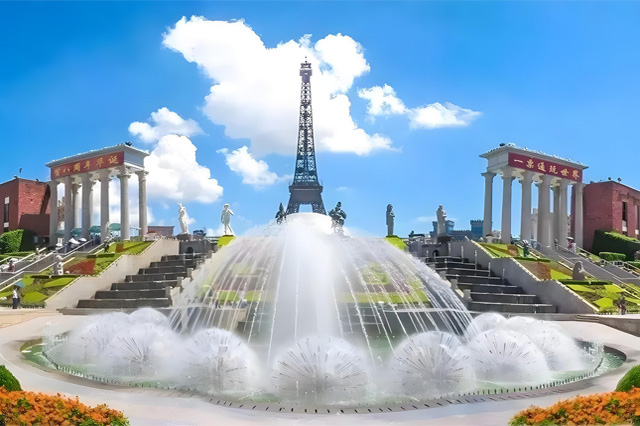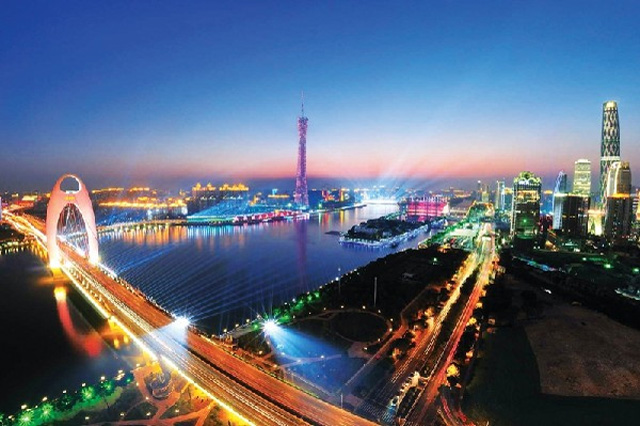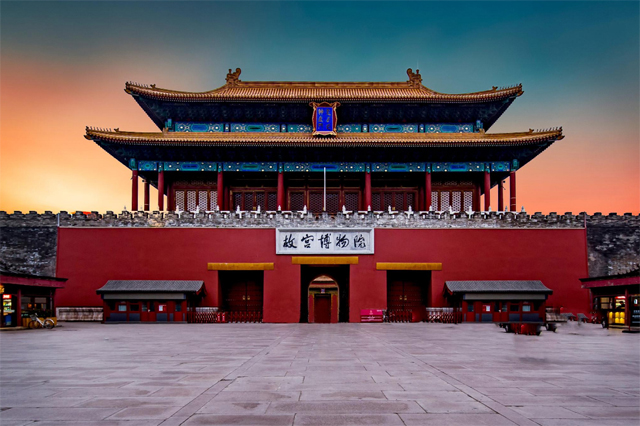Jiangxi 5A tourist attractions summary, take you to play around the land of Ganpo!
- China Tourism
- 2025-05-18 13:50
- 293
Jiangxi Province, referred to as "Gan", is located in southeastern China. It is a place of humanities. It has nurtured red culture, landscape culture, ceramic culture, academy culture, opera culture and other characteristic cultures, as well as Linchuan culture and Luling culture., Yuzhang culture, Hakka culture and other regional cultures. Jiangxi Province was named as a province due to the establishment of the Jiangnan West Road by Emperor Xuanzong of the Tang Dynasty, and was abbreviated as the Ganjiang River because of the mother river in the province. Since ancient times, it has been called "the land of crossing", "Wu Tou Chu Wei, Guangdong Hu Min Ting", which is "the area of victory", known as "the country of articles and righteousness, the country of white cranes, fish and rice. Next, I will give you a summary of Jiangxi 5A tourist attractions and show you the land of Ganpo!
1. Mount Lushan Scenic Area, Jiujiang City
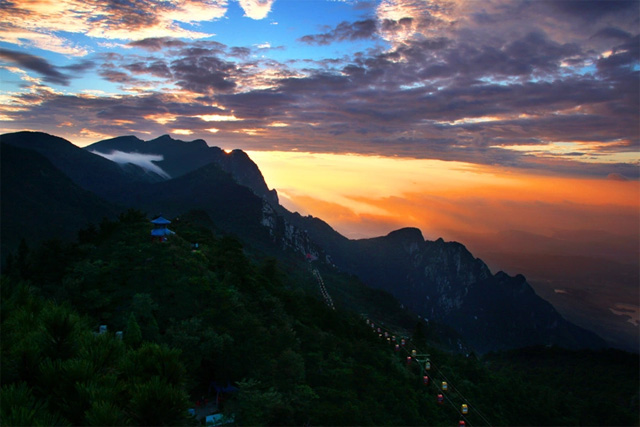
Mount Lushan Scenic Area in Jiujiang City, located 36 kilometers south of Jiujiang City, Jiangxi Province, is a famous tourist scenic spot and summer resort in China, and is included in the "World Natural and Cultural Heritage List". Lushan Mountain is a cultural mountain with a long history. For thousands of years, countless literati and celebrities have left a vast array of pailis and popular chapters here. Su Shi wrote "I don't know the true face of Lushan Mountain, only because I am in this mountain"; Li Bai wrote "Flying straight down the 100.00cm, suspected to be the Milky Way falling nine days" Xiufeng horsetail waterfall. Lushan Mountain is famous for its male, strange, dangerous and beautiful. It is known as "Kuanglu Qixiu is the best in the world" and is known as the "sacred mountain of humanities".
2. Jinggangshan Scenic Tourist Area of Ji'an City
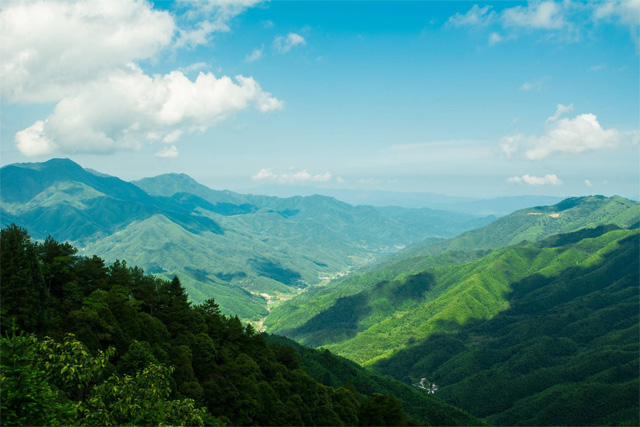
Jinggang Mountain Scenic Area in Ji'an City, located in the border of eastern Hunan and western Jiangxi, is a national AAAAA-level tourist attraction. Jinggangshan landscape is divided into eight categories: peaks, rocks, waterfalls, meteorology, golden toad moon cave, hot springs, rare animals and plants and alpine pastoral scenery, of which 10 are listed as China's key cultural relics protection units. With its brilliant revolutionary history, Jinggangshan has created a well-known "red cradle" at home and abroad. With its gorgeous natural scenery, Jinggangshan has been praised as a "green treasure house" by the world. With its profound and profound cultural heritage, Jinggangshan has become the "spiritual home" in people's hearts ".
3. Shangrao Sanqingshan Scenic Area

Shangrao Sanqingshan Scenic Area, located in the northeast of Shangrao City, Jiangxi Province, is a national AAAAA-level tourist attraction. Sanqing Mountain is named because Yujing, Yuxu and Yuhua "have three peaks, such as Taoist Sanqing column sitting on its top. The main peak Yujing Peak is the highest peak and the source of the Xinjiang River. Sanqingshan Scenic spot has Nanqing Garden, West Coast, Sanqing Palace, Tanyunling, Yujing Peak and other ten scenic spots, with more than 1500 scenic spots, which is a scenic spot integrating natural landscape and cultural landscape.
4. Longhushan Scenic Area, Yingtan City
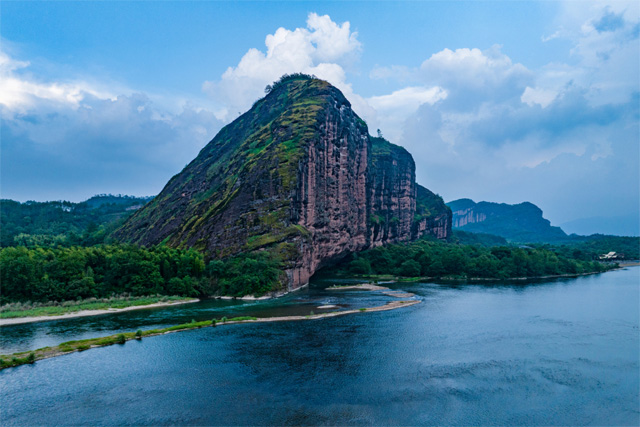
The Longhushan Scenic Area in Yingtan City is located in Shangqing Town and Longhushan Town, Guixi County, Yingtan City, Jiangxi Province. In the middle of the Eastern Han Dynasty, Zhang Daoling, the founder of Zhengyidao, once made alchemy here. Legend has it that "Dancheng and the dragon and the tiger are now, so the mountain is named. Longhu Mountain is the birthplace of Taoism in China and one of the four famous mountains of Taoism in China. Its Taoist holy land, Bishuidan Mountain and ancient cliff tombs are known as the "three wonders". Longhu Mountain is known as "Danxia Wonderland". The main scenic spots are Shangqing Palace Scenic Area, Tianshifu Scenic Area, Longhu Mountain Scenic Area, Xianyan Water Rock Scenic Area, Rock Tomb Group Scenic Area, Xiangbi Mountain Paiya Stone Scenic Area, and Dufeng Matsuyan Scenic Area.
5. Shangrao Jiangwan Scenic Area
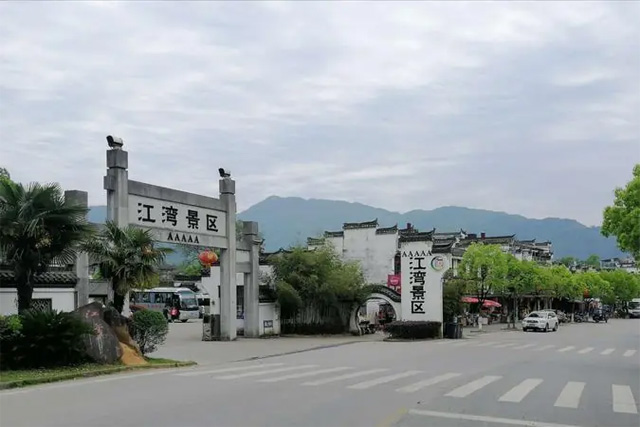
Shangrao Jiangwan Scenic Area, located in Jiangwan Town, Wuyuan County, Shangrao City, Jiangxi Province, is a national AAAAA-level tourist attraction. Jiangwan Scenic Area has not only well-preserved imperial palace, Ming and Qing official residences such as Zhongxian, but also a large number of Huizhou ancient buildings such as Tengjia Old House, Sanshengtang, Dunchong Hall, Peixin Hall, Tengjia Old House, and Xiaojiang Ancestral Hall, Jiangyong Memorial Hall, Wuyuan Folk Museum, Lizi Lane, Nanguan Pavilion, Beidou Qixing Well, Baigongfang, Guang Hall, commune Canteen, etc. Among them, "Xianrenqiao" is an outstanding model for the ancients to practice geomantic theory. "Big Dipper Seven Star Well" embodies the highest principle of Chinese geomantic omen of "the unity of heaven, land and man". The Liyuan River on the south side is in the shape of "S" in Taiji diagram. The ancient village has ancient style and ancient charm, which has historical value and ornamental value.
6. Jingdezhen Ancient Kiln Folk Custom Expo Area
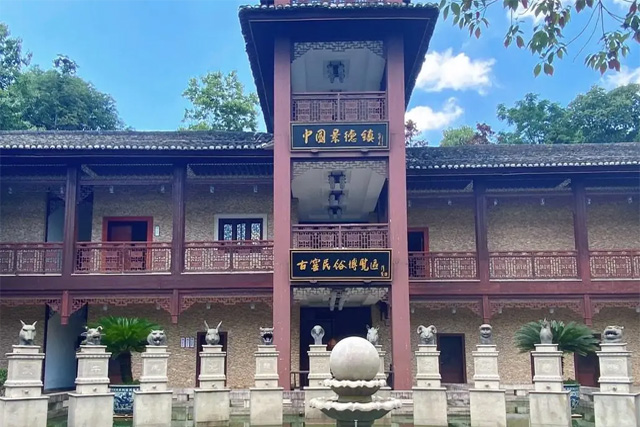
Jingdezhen ancient kiln folk custom exhibition area, located in Changjiang District, Jingdezhen City, Jiangxi Province, is the only national 5A tourist attraction with ceramic culture as the theme. The scenic area is divided into four major tourist exhibition areas: porcelain kiln exhibition area, ceramic folk custom exhibition area, porcelain one-day art leisure area, ancient kiln impression culture and commercial tourism complex. In the scenic area, there are national key cultural relics protection units-Zhenyao (won the Guinness World Record of "the world's largest firewood fired porcelain kiln"), Mingyuan (ancient buildings of the Ming Dynasty), national intangible cultural heritage-Jingdezhen handmade porcelain skills, Jingdezhen traditional porcelain kiln workshop construction skills.
7. The Cradle of the Republic of Ganzhou Scenic Area
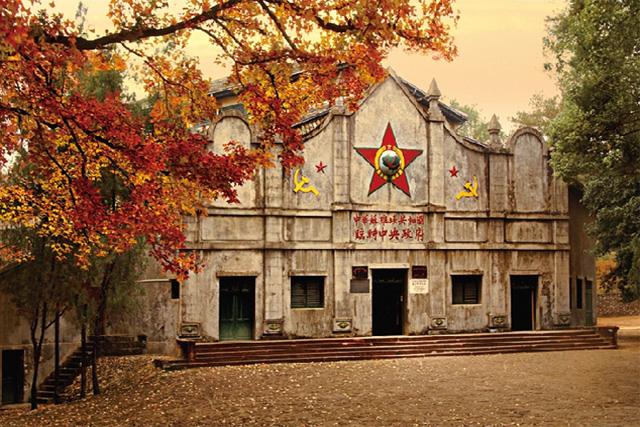
The Cradle of the Republic of Ganzhou City Scenic Area is located on Jindu Avenue, Shazhouba Town, Ruijin City, Jiangxi Province. It consists of Yeping Scenic Area, Hongjing Scenic Area, Second Soviet Scenic Area, and Chinese Soviet Memorial Park. The Cradle of the Republic Scenic Area is the first batch of national patriotism education demonstration bases announced by the Central Propaganda Department. It is also one of the classic red tourism scenic spots in China, an important base for Chinese tourism, and cultivating patriotism and national spirit. It is a marginal red tourism distribution center in Jiangxi and Fujian. The cradle of the Republic of scenic spots, both to retain the "body" of the simple, but also show the connotation of the "value".
8. Mingyue Mountain Tourist Area, Yichun City
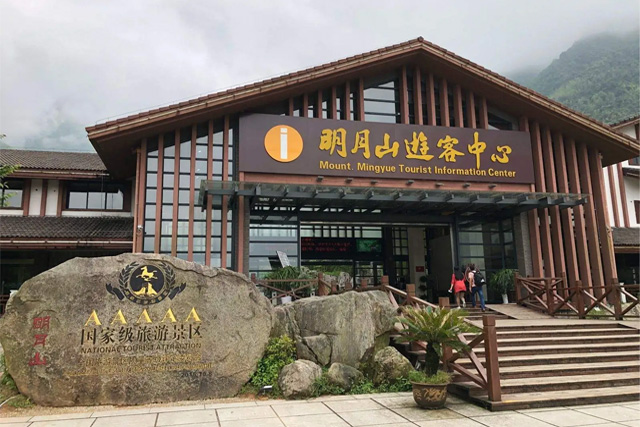
Mingyue Mountain tourist area of Yichun City, located in Yuanzhou District, Yichun City, Jiangxi Province, is a mountain scenic spot integrating "ecological tourism, leisure vacation, popular science education and religious tourism. The tourist area is divided into five scenic spots and one resort, namely, the Tanshia scenic spot with Yungu waterfall and Qianzhang Cliff as the main features; Taiping Mountain scenic spot with Taiping Mountain sunrise, alpine meadow and strange peaks and rocks as the main features; Tangjia Mountain scenic spot with Wuyun Cliff and Wuyun Cliff meteorological wonders as the main features; Yangshan scenic spot with Zen culture and folk customs as the main features; yujing Mountain Scenic Area with rare animals and plants, jungle wild interest as the main features, and Wentang Hot Spring Resort with hot spring recuperation, vacation, leisure and entertainment as the main features.
9. Dajue Mountain Scenic Spot, Fuzhou City
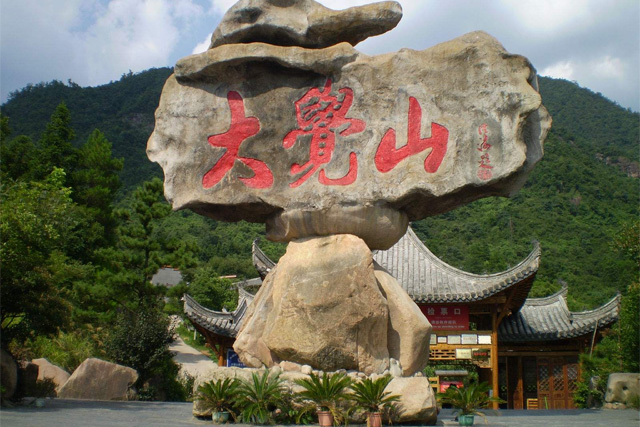
Dajue Mountain Scenic Area in Fuzhou City, located in Zixi County, Fuzhou City, Jiangxi Province, is a scenic spot with the theme of Dajue culture. Dajue Mountain was formed in the late Mesozoic period and is a religious worship resort of Confucianism, Taoism and Buddhism. The Dajue Mountain Scenic Area is divided into an east area and a west area. The east area is a primitive forest tourist area with 300000 acres of virgin forest as the core; the west area is a comprehensive tourist attraction with religious culture and canyon rafting as the main body. The main scenic spots are Dajue Yan Temple, Dajue, Dajue Mountain Canyon Drifting, Dajue Mountain Film and Television City, etc.
10. Shangrao Guifeng Scenic Area
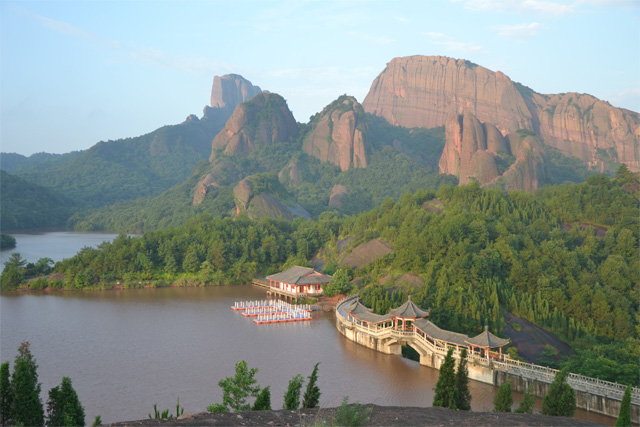
Shangrao Guifeng Scenic Area, located in the southwest of Yiyang County, Jiangxi Province, is a part of the World Geopark Longhushan-Guifeng Geopark and the World Natural Heritage "China Danxia". It is a national AAAAA-level tourist attraction. Turtle Peak is named after the numerous tortoise-like pictographic stones in the scenic area and the entire scenic area looks like a giant tortoise from a distance. Known as the "Seventy-Two Scenery of Thirty-Six Peaks", it is a collection of "strange, dangerous, clever and clever". It is known as "the world is rare on the river" and "natural bonsai.
11. Tengwangge Tourist Area, Nanchang City
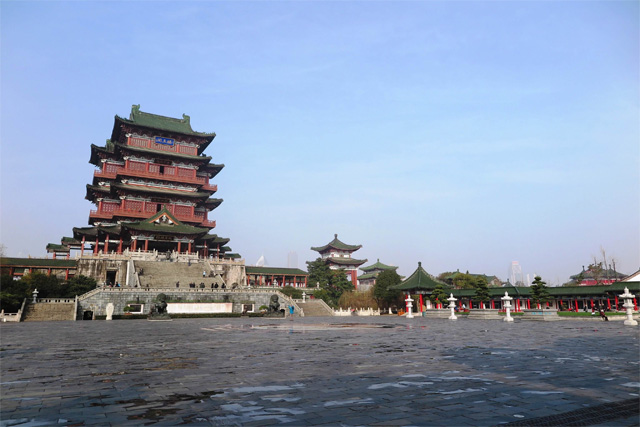
Nanchang Tengwang Pavilion Tourist Area, located in Donghu District, Nanchang City, Jiangxi Province, is a national AAAAA-level tourist attraction. Tengwang Pavilion was founded in the fourth year of Tang Yonghui (653). It was named after Teng Wang Li Yuanying, the younger brother of Li Shimin, Emperor Taizong of Tang Dynasty, and was famous for the poem of Wang Bo, a poet of the early Tang Dynasty, "Sunset and solitary ducks fly together, autumn waters are the same color as the sky. Tengwang Pavilion, together with the Yellow Crane Tower in Wuhan, Hubei and the Yueyang Tower in Hunan, are known as "the three famous buildings in the south of the Yangtze River". Tengwang Pavilion tourist area takes Tengwang Pavilion as the theme building, with gardens, greening and waterscape as its main scenery. In addition, there are also a number of tourist attractions with unique Tang style and Song charm, such as Ganfeng Hall, Gule Square, Xunfeng Pavilion, Linjiang Xuan, Huanyi Building, Shuanglangsi Pavilion and so on.
12. Wugong Mountain Scenic Area
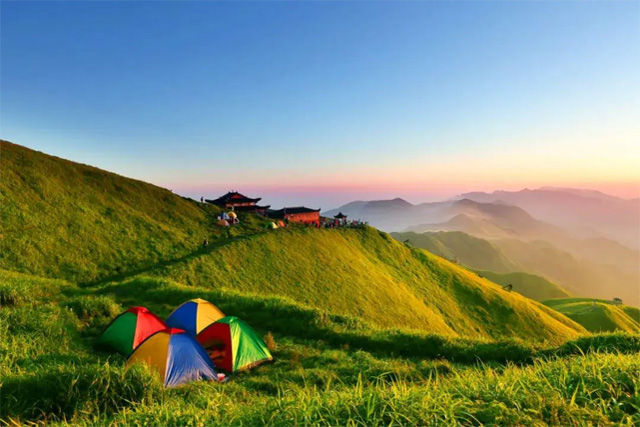
Wugong Mountain Scenic spot, located in the central and western part of Jiangxi Province, at the junction of Pingxiang, Yichun and Ji'an, is a national AAAAA tourist attraction. Wugong Mountain has a long history and culture, especially Taoist culture. It has been more than 1700 years since the Three Kingdoms period (220-280) opened the Dojo here. Wugong Mountain is a large-scale mountain-type scenic spot with the richest tourism resources in western Jiangxi Province. In history, it was called the three famous mountains in the south of the Yangtze River along with Lushan and Hengshan.
13. Mount Lushan Xihai Scenic Area, Jiujiang City
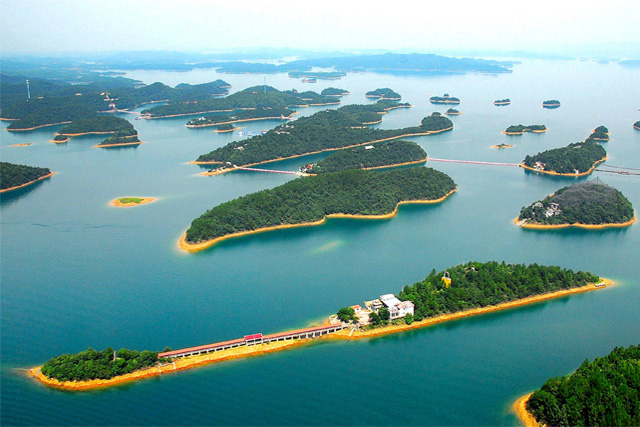
Mount Lushan Xihai Scenic Area in Jiujiang City, located in the southwest of Jiujiang City, Jiangxi Province, is a large scenic spot of mountain lake type. Lushan Xihai Scenic Area is divided into Xihai Lake Area and Yunju Mountain Area. In addition, there are Jiangjun Gorge 9D Glass Bridge and Xihai Drifting, Xihai Water World, Rich Mine Xihai Hot Spring, Lake Flower Sea Flower Source Valley, Orchard Picking, etc. The main scenic spots include Yunju Island, Goddess Island, Ruoxi Island, Xihai Star, Mingzhu Island, etc.
14. Sanbaishan Scenic Spot, Ganzhou City
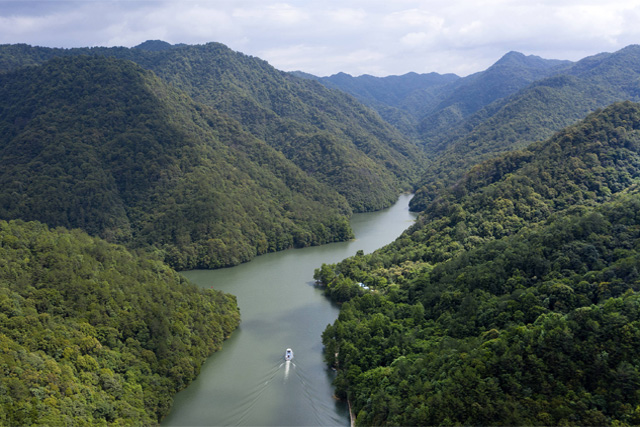
Sanbaishan Scenic Area in Ganzhou City, referred to as Sanbaishan Scenic Area, is located in the southeast of Anyuan County, Ganzhou City, Jiangxi Province. It is the only tourist attraction in China that has the significance of drinking water for Hong Kong compatriots. Sanbaishan is the combined name of the peaks on the southeast border of Anyuan County. It is the source of the Dongjiang River and the birthplace of drinking water for residents of Guangdong and Hong Kong. The three hundred peaks, waterfalls at the source, primitive forest seas, high mountains and flat lakes, volcanic landforms and canyons and dangerous beaches in the scenic area are called the "six unique" of the three hundred mountains ".
15. Huangling Scenic Area, Shangrao City
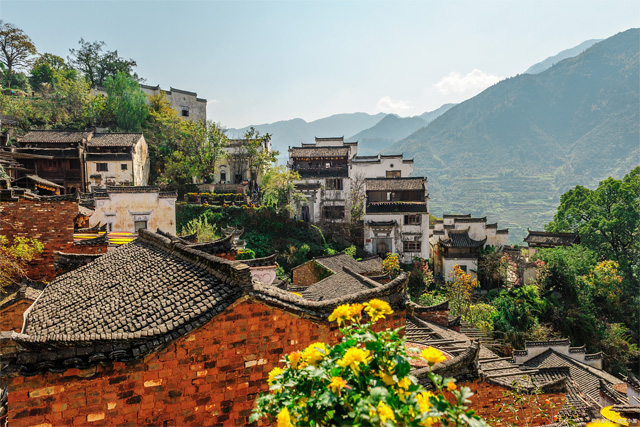
Shangrao Huangling Scenic Area is located in Jiangwan Town, Wuyuan County, Shangrao City, Jiangxi Province. It is a national AAAAA-level tourist attraction. Huangling Scenic Area is an ancient Huizhou village with a unique style and a history of nearly 600 years. It is backed by Shier Mountain, surrounded by thousands of ancient trees and surrounded by 10,000 mu of terraced fields. The unique landform of Huangling Village with "no land 100.00cm flat" has created its hierarchical and patchwork village layout. In the scenic area, terraced fields are covered with green, villages gather gas nests and clouds, and residential houses are arranged in a fan-shaped ladder around the water gate, which is called "ladder cloud family". Huangling is also the cultural origin of "sun autumn". The landscape of sun autumn changes with the change of the four seasons, and each season has different colors and customs.
This article is edited and published by Journey Mark. If you have any questions, please feel free to contact us at any time.
Article Link:https://www.topvvv.com/en/China/129.html

